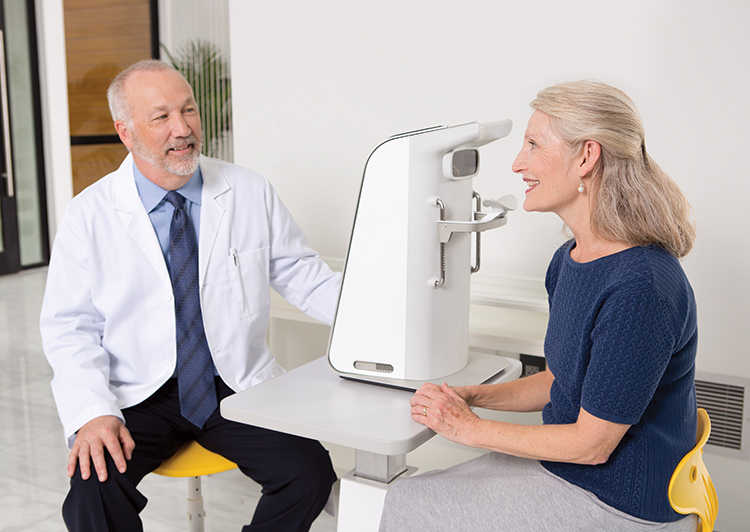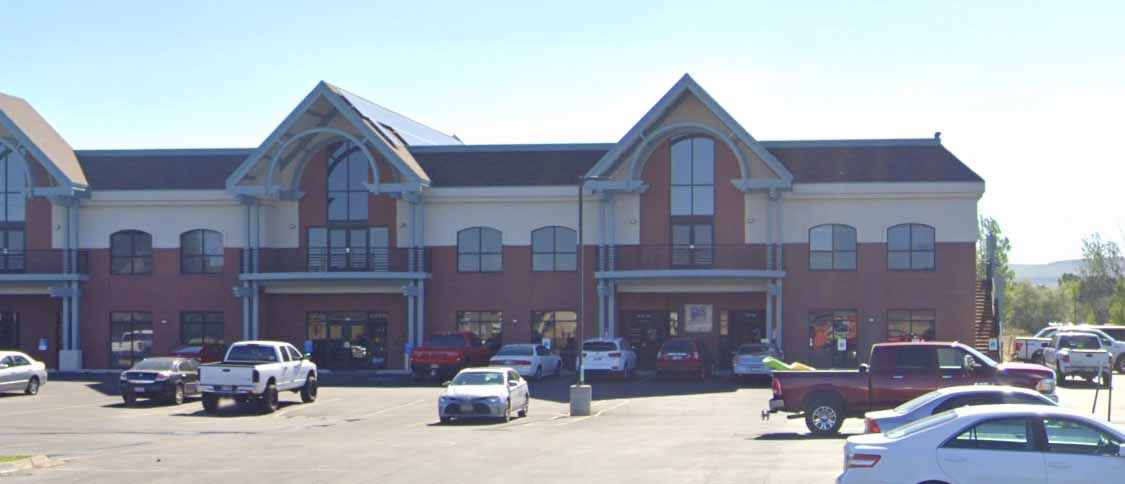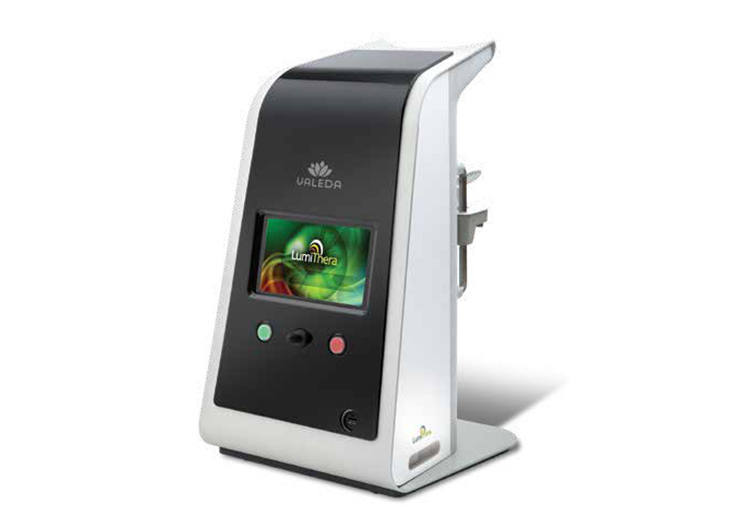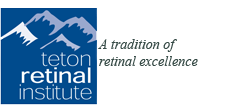Teton Retinal Institute is proud to offer Photobiomodulation (PBM), also known as Low-Level Light Therapy (LLLT), a groundbreaking treatment designed to help patients with dry age-related macular degeneration (AMD) preserve their vision and improve retinal function. This non-invasive, FDA-cleared therapy uses specific wavelengths of light to stimulate healing at the cellular level.
What is Photobiomodulation?
Photobiomodulation (PBM) is a form of light therapy that uses low-level wavelengths of red, blue, and near-infrared light to energize retinal cells, reduce inflammation, and enhance mitochondrial function. These light waves are carefully targeted to the macula—the part of your retina responsible for central vision.
PBM has shown promising results in slowing the progression of dry AMD and improving contrast sensitivity, a key factor in seeing clearly in everyday situations.
How Does PBM Work?

Using a device known as the Valeda® Light Delivery System, light is directed painlessly into the eye in short, in-office sessions. This therapy is:
- Completely non-invasive
- Painless and safe
- FDA-cleared for dry AMD
- Completed in under 10 minutes per session
Most patients complete a course of PBM therapy over 3 to 4 weeks, with sessions 2–3 times per week depending on the treatment plan prescribed by your retina specialist.
Who Is This Therapy For?
Photobiomodulation is best suited for patients with early to intermediate dry age-related macular degeneration. If you’re experiencing vision changes but are not yet a candidate for injectable therapies, PBM may be a proactive option to help maintain your eyesight and quality of life.
Benefits of Photobiomodulation Therapy
- Slows progression of dry macular degeneration
- Improves contrast sensitivity and visual performance
- Non-invasive and pain-free
- Safe for repeat treatments
- No downtime—resume daily activities immediately
What to Expect During Treatment
During treatment, you’ll sit comfortably while a guided light is delivered through specialized goggles. The process is quick and painless. Patients report no side effects and often find the sessions relaxing.
Why Choose Teton Retinal Institute?

As a leading retinal care provider in Idaho and surrounding states, Teton Retinal Institute is proud to bring emerging, science-backed therapies like PBM to our patients. Our goal is to preserve your vision using the safest, most effective methods available.
Under the care of Dr. Darryl G. Moffett, a board-certified retinal surgeon with over 30 years of experience, you’ll receive expert evaluation and personalized treatment recommendations tailored to your specific eye health.
Frequently Asked Questions
-
The treatment does not hurt, your pupils do not need to be dilated, a treatment takes four minutes per eye. In the scientific study, no one was made worse.
-
Are other ways of treating early stage macular degeneration available?
Right now nothing has been proven to be as effective as specialized red light therapy. Specialized shots are available for dry macular degeneration but they don’t seem to work as well as specialized red light therapy.
-
What does the PhotoBioModulation machine look like?
It’s appearance is very similar to the acuity machine at the department of motor vehicles.

-
Why doesn’t insurance cover red light therapy?
Sadly, we do not know why Medicare and other insurers are not paying in 2025. However, we believe they will cover specialized red light therapy in 2026.
-
Can I get a discounted rate for specialized red light therapy?
No, the Price at Teton Retinal Institute is extremely low and the best in the country based on feedback from patients in other states.
-
Can my insurance be billed for red light therapy?
Probably not since a specialized insurance code has not been finalized.
-
If I do a cycle of nine treatments and see improvement, can I stop?
Yes but it’s very likely that the improvement will fade without continued treatment.
-
How long will I need treatment?
Since macular degeneration is a complex genetic disease you will need treatment the rest of your life. However, what is unknown is how often you will need treatment after the first two years of standard therapy.
-
What kind of bulb is used?
The manufacturer has not disclosed the specifications of the bulbs, but we believe they are a combination of LED and laser.
-
What wavelengths of light are used for red light therapy?
The red light consists of three wavelengths 590 nm, 660 nm, and 850 nm. The power or fluence is extremely low and specially calculated for the eyes however, Lumithera has not revealed all specifications about the device.
-
Can I do red light therapy at home with my own device?
It’s uncertain whether patients receive benefit with home remedies. The wavelength and power used in the office based machine are precisely calculated and specified unlike devices used at home.
Take the Next Step Toward Protecting Your Vision
If you’re living with dry macular degeneration, Photobiomodulation Therapy may offer a new path forward. Call (208) 535-4900 or schedule a consultation to learn if you’re a candidate for low-level light therapy at Teton Retinal Institute.
